Oppenheim Architecture + Design’s principal and lead designer, Chad Oppenheim, isn’t your typical architect.
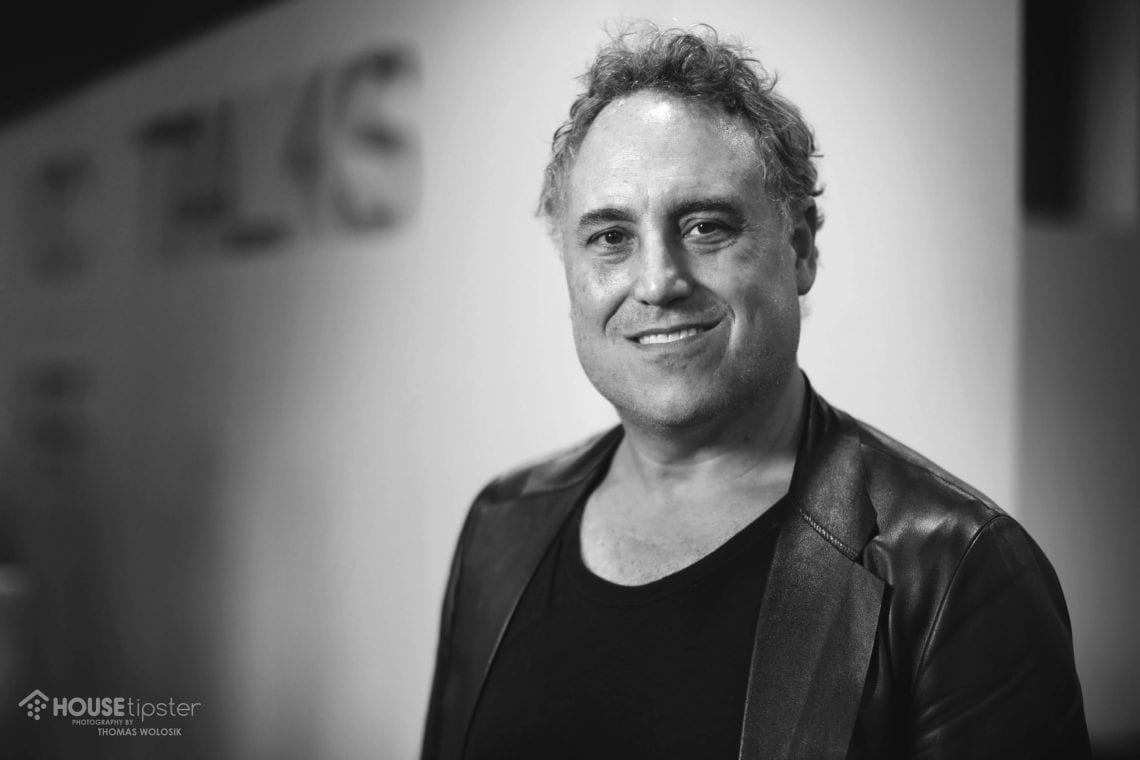
While other architects consider how they want the building to look, Oppenheim focuses instead on the location’s environment. Once he understands the spirit and natural elements, he then determines how a structure can enhance them.
This holistic strategy, which taps into a primitive form of design rarely seen in modern architecture, is a recipe for success for his firm and clients. In fact, the Oppenheim Architecture + Design firm is frequently recognized on global levels for its commitment to environmentally-friendly, socially-conscious design, notably the Cooper Hewitt 2018 National Design Award in interior design and over 45 AIA awards.
Environment First
While at ICFF South Florida, House Tipster spoke with Oppenheim about his unique take on architecture.
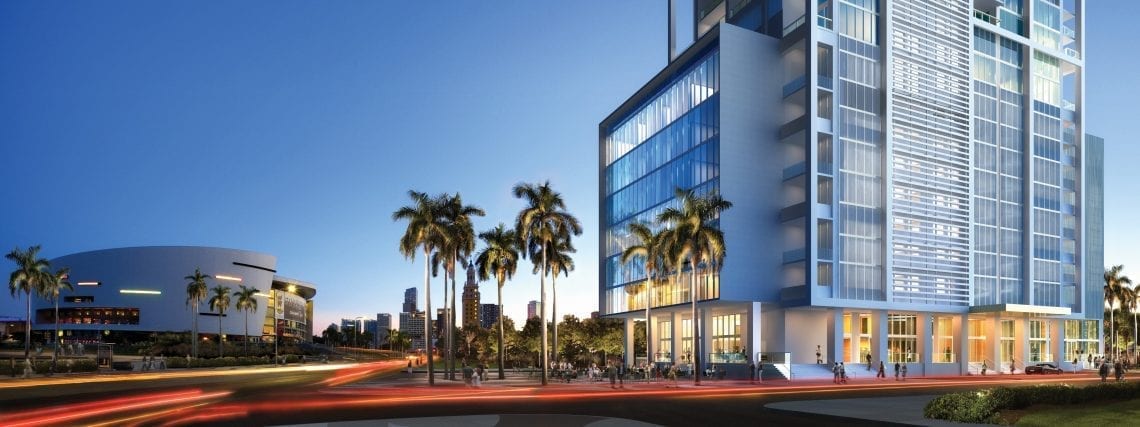
He explained that his design process for every project, from residential to commercial properties and hospitality settings, is a cathartic one filled with discovery, exploration, and experimentation.
“[It’s about] coming up with good ideas, bad ideas, getting everything out on the table, and exploring every possibility imaginable. It’s the relentless pursuit of finding something that answers all the questions we confront on a project.”
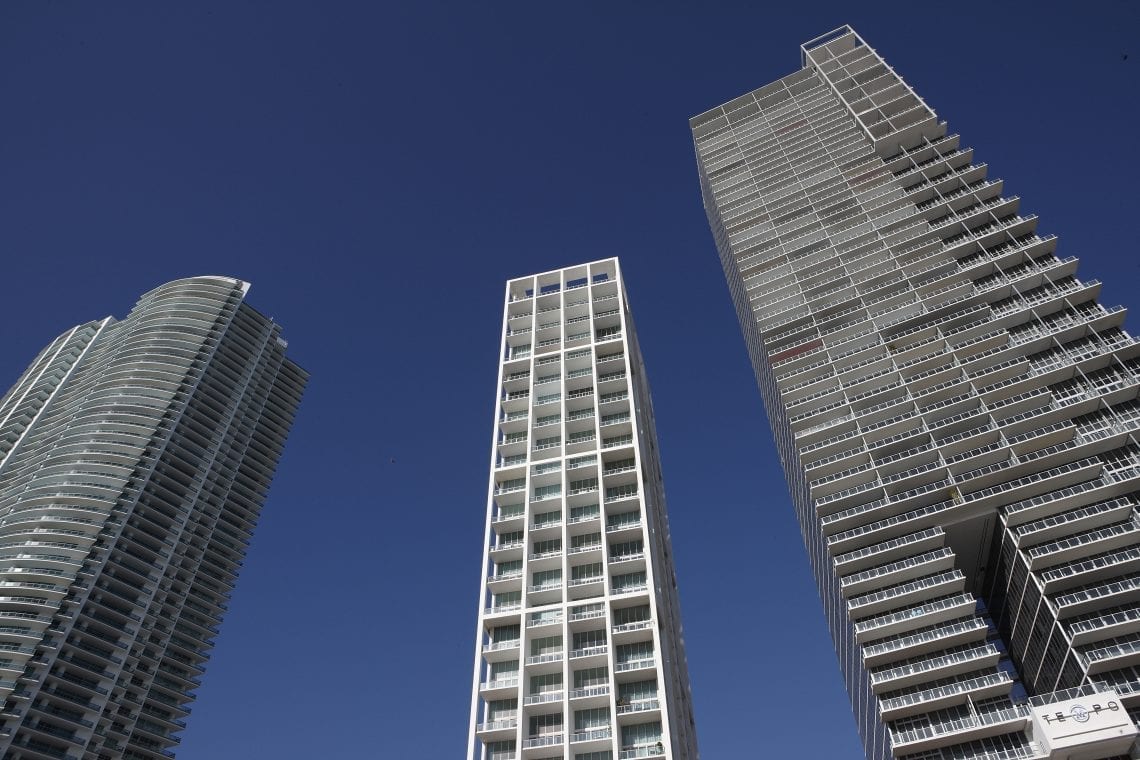
One of the most important questions Oppenheim must answer is how the structure fits into the landscape.
Whether he’s designing an urban tower such as Ten Museum Park in Miami, Florida, or a desert oasis like the Wadi Rum Desert Resort in Jordan, Oppenheim strives to make the physical environment the star of the show.
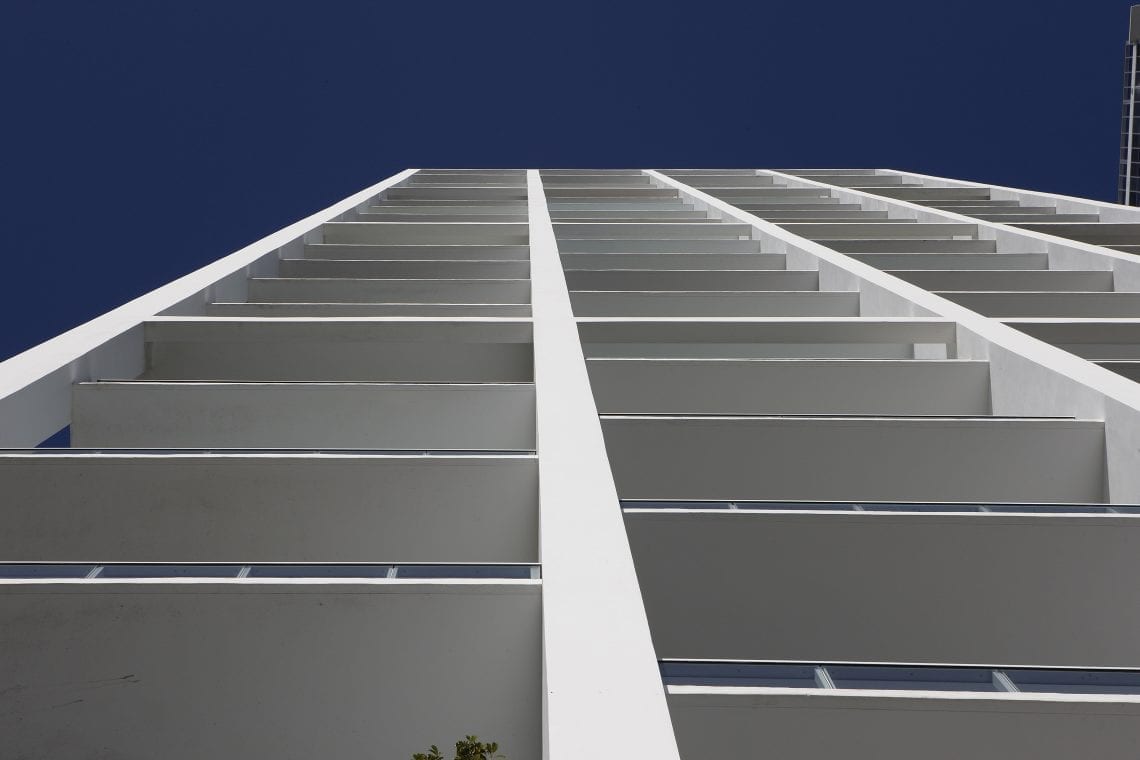
“Architecture is less important than the beauty of the surrounding world,” he noted, adding that he builds with the land and uses local materials to ensure environmentally-friendly, spiritual design.
Creating “Magic”
Although he’s traveled the world and designed in 25 different countries, Oppenheim has a genuine affinity for the desert.
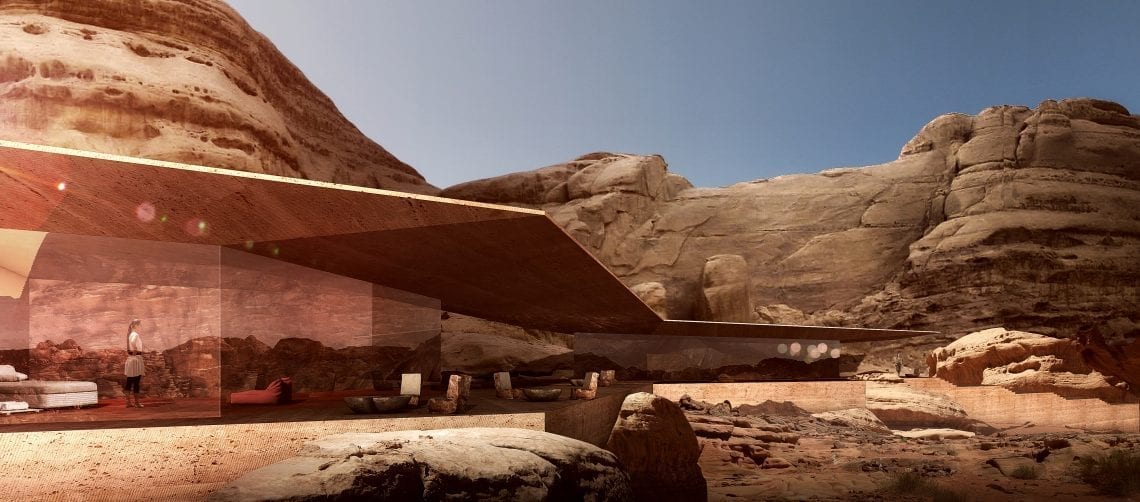
One of this favorite projects was in Aqaba, Jordan where he worked alongside skilled, local laborers and avoided machines as much as possible. By the project’s completion, Oppenheim created magical buildings that seemingly “emerged from the sand and became one with the landscape.”
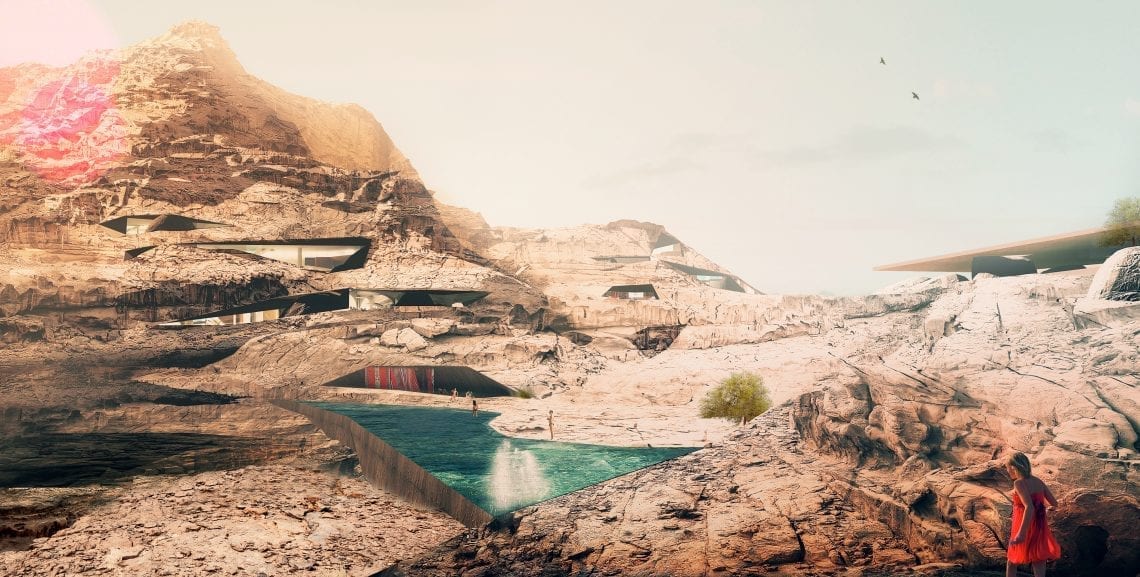
By tapping into the tremendous rock faces and abundant natural resources at Wadi Rum and other international locations, Oppenheim proves that minimalist design + nature creates the ultimate level of creative simplicity.
Forward-Thinking Architecture
In his effort to produce the opposite of homogenized design, Oppenheim is breaking the mold and changing the face of architecture. “I aim to build something that makes sense within the environment and utilizes that environment,” said Oppenheim.
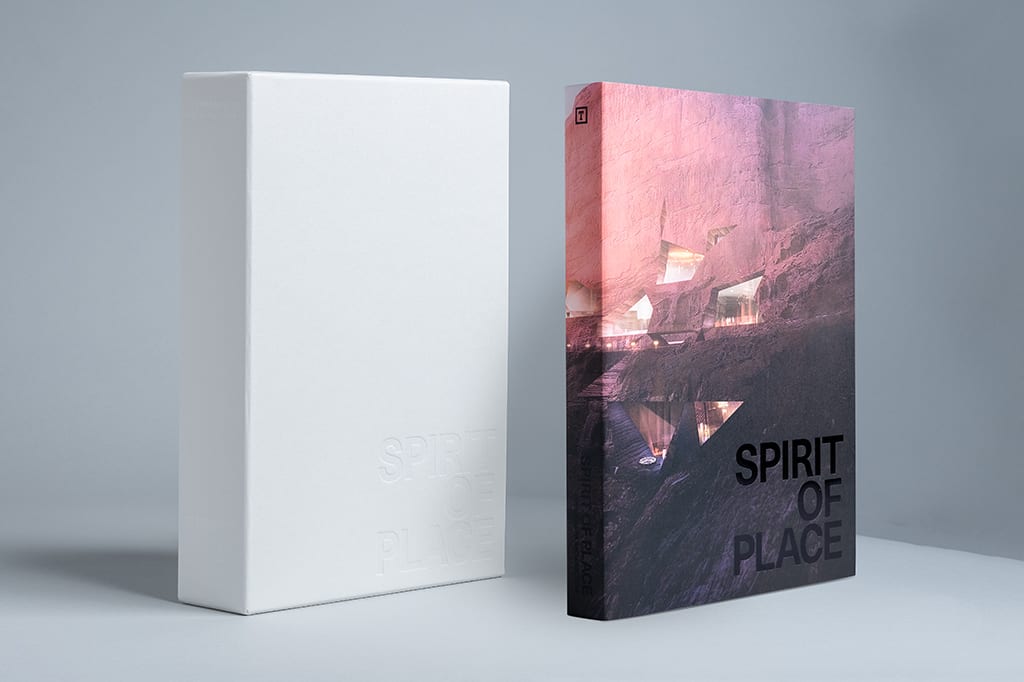
And thankfully, he’s sharing this perspective with his audience, not only through his architecture but also with his book. The Spirit of Place, a 236-page book detailing Oppenheim’s work and vision, is a breathtaking ode to the beauty and magic that results from combining nature and architecture.
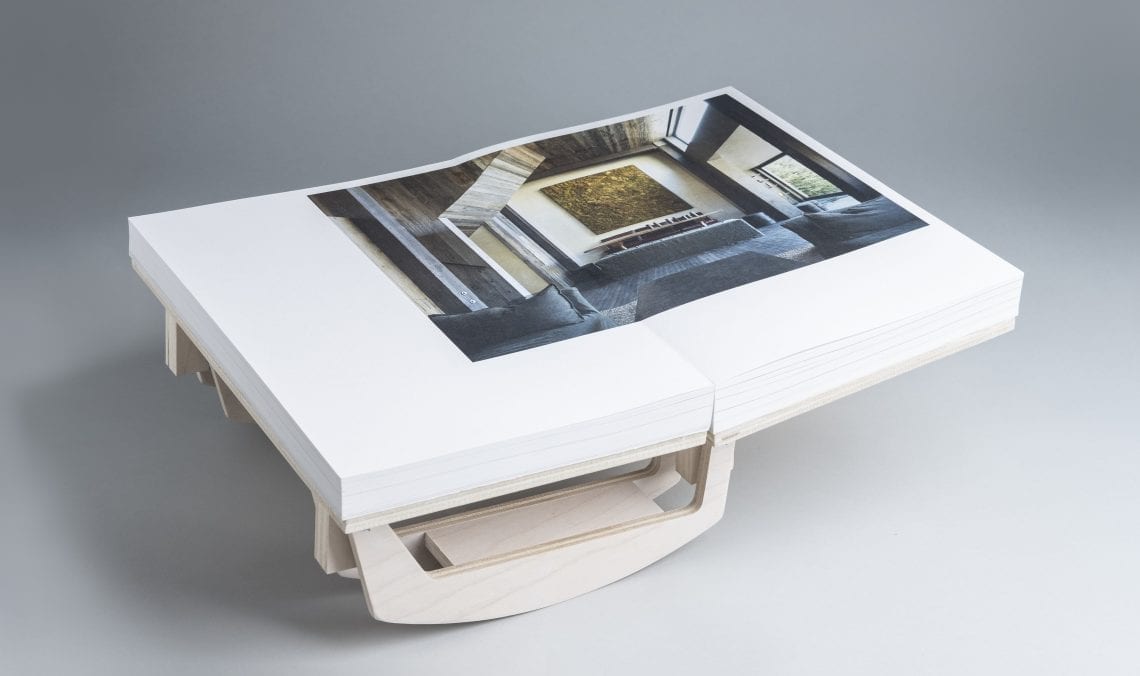
As for the future, Oppenheim is looking forward to unveiling an exciting new project. “Be prepared to have your mind melted,” he teased.
